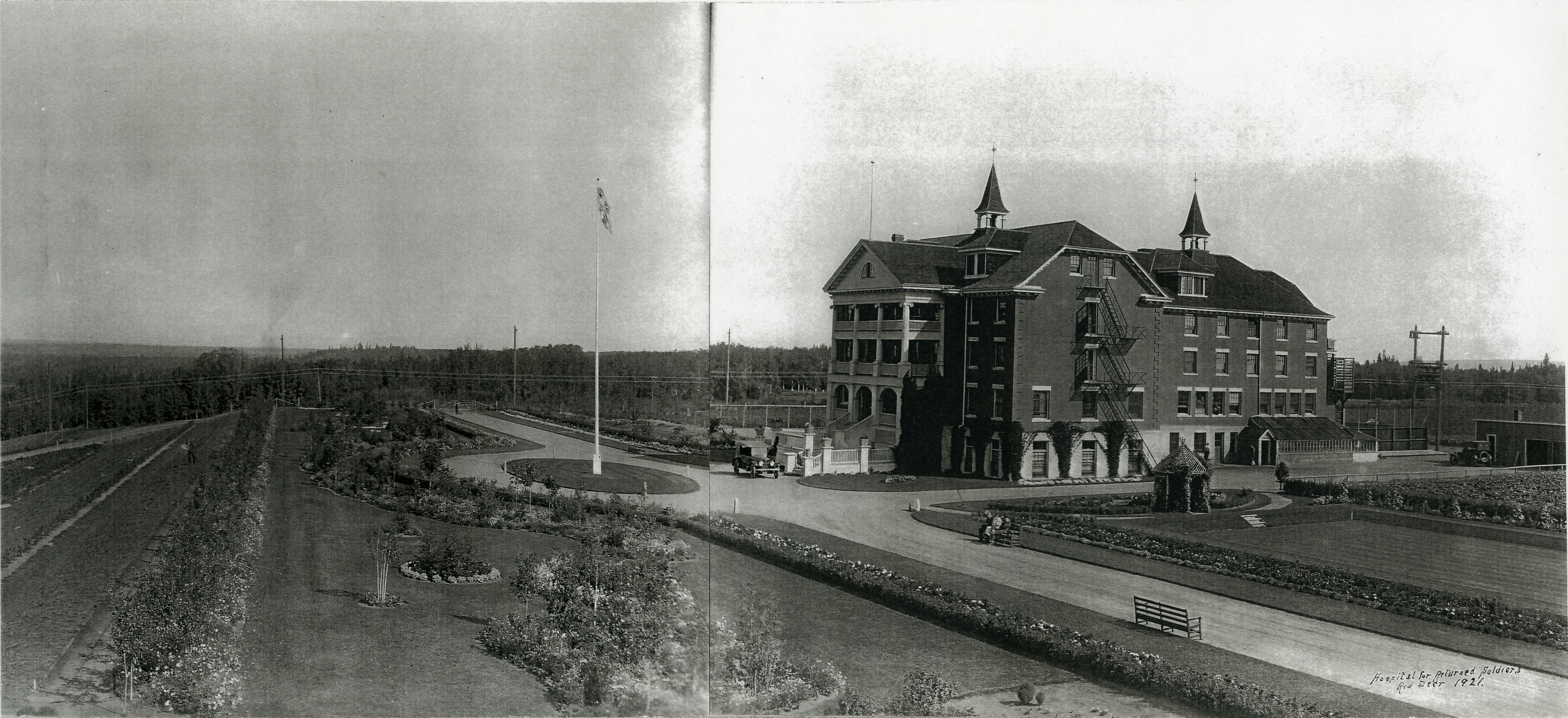There has been a lot of attention given recently to Post Traumatic Stress Disorder (PTSD).
This increased attention to PTSD may give people the impression that it is a condition that is relatively new. In fact, it is something which has existed for generations, albeit generally under different names.
Not surprisingly, some of the most significant and serious cases arise during times of war, particularly from combat situations.
During the Second World War, the term often used for soldiers suffering from PTSD was ‘battle fatigue’.
However, one of the first instances of people becoming aware of the seriousness and widespread nature of wartime PTSD came during the horrific First World War.
Men were pitted against technologically advanced weapons. The result was catastrophic losses of life and incredible wounds to both the body and mind. The latter cases were referred to as ‘shell shock’.
The Canadians were often at the forefront of the horrific carnage.
Their first major battle was in April 1915 at St. Julien during the Second Battle of Ypres. They bore the brunt of the first mass use of poison gas as a weapon.
While the Canadians miraculously held the line, they used cloths soaked in urine in a desperate attempt to fend off the lung-searing effects of the gas.
The Battle of the Somme in 1916 was equally horrific.
Some 1 million Allied soldiers became casualties in that prolonged battle.
Central Alberta’s ‘B’ Company of the 89 Battalion was heavily decimated by shellfire as the men prepared to go into combat. Many platoons of the local 12 Canadian Mounted Rifles were all but wiped out by the time the battle finally ended.
Many of the Canadian casualties were listed as missing in action because they were directly hit by shellfire and there was really nothing left of them to find.
Other men were literally buried alive during bombardments. If rescued, they were often in deep and permanent shock.
Meanwhile, in the summer of 1916, the Alberta Government purchased the Alberta Ladies College in Red Deer with plans to turn it into a facility for the care and education of mentally handicapped children.
However, the waves of veterans coming home with shell shock had become overwhelming. Hence, a decision was made to turn the College building into a special hospital for those shell shock victims.
The College was extensively renovated during 1917.
The Soldiers’ Sanitorium, which could care for more than 100 patients, officially opened in March 1918.
Dr. D.L. Dick, a military doctor, was the medical superintendent. Many of the first patients were shell shocked veterans transferred from the overcrowded Ponoka Mental Hospital.
Medical treatments for PTSD patients were still very rudimentary.
However, the medical staff found that agricultural and horticultural programs seemed to have a positive therapeutic effect. Hence, the new Soldiers’ Sanitorium had very extensive floral and vegetable gardens around the building. Crops and livestock were raised in the fields to the east.
When the new hospital first opened, the news articles stated, “These soldiers will fully recover, it is expected,” and that “One would hardly know that there is much wrong with them.”
However, many of the shell shocked veterans did not recover.
Moreover, there was a substantial mortality rate amongst the patients as they succumbed to their physical and mental injuries.
In 1923, the Provincial Government built the Oliver Mental Hospital northeast of Edmonton. The new institution was felt to be better suited for the treatment and care of chronic, long-term care patients. The veterans at the Red Deer Sanitorium were transferred to the new facility.
The Red Deer building was then converted to the original intended purpose – the Provincial Training School (P.T.S.) for mentally handicapped children (the facility now known as Michener Centre).



